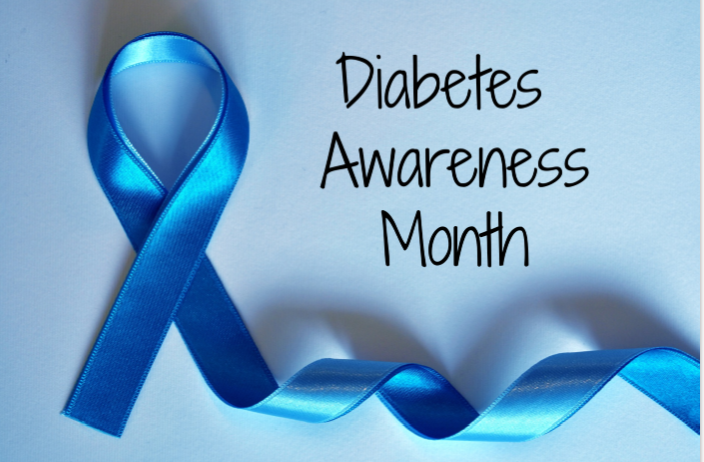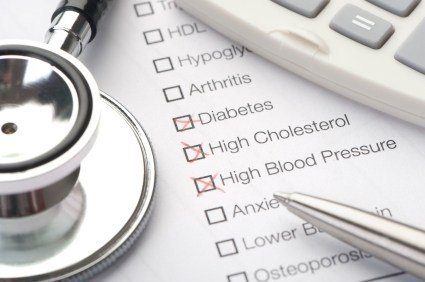
Type 2 Diabetes: The Fitness You Need
November 1, 2019
7 Foods to Heal Your Thyroid
December 1, 2019By: Harvard.edu
Keeping weight in check, being active, and eating a healthy diet can help prevent most cases of type 2 diabetes.
Overview
If type 2 diabetes were an infectious disease, passed from one person to another, public health officials would say we’re in the midst of an epidemic. This difficult disease is striking an ever-growing number of adults, and with the rising rates of childhood obesity, it has become more common in youth, especially among certain ethnic groups.
The good news is that prediabetes and type 2 diabetes are largely preventable. About 9 in 10 cases in the U.S. can be avoided by making lifestyle changes. These same changes can also lower the chances of developing heart disease and some cancers. The key to prevention can be boiled down to five words: Stay lean and stay active.
What if I already have diabetes?
Guidelines for preventing or lowering your risk of developing type 2 diabetes are also appropriate if you currently have a diabetes diagnosis. Achieving a healthy weight, eating a balanced carbohydrate-controlled diet, and getting regular exercise all help to improve blood glucose control. If you are taking insulin medication, you may need more or less carbohydrate at a meal or snack to ensure a healthy blood glucose range. There may also be special dietary needs for exercise, such as bringing a snack so that your blood glucose does not drop too low. For specific guidance on scenarios such as these, refer to your diabetes care team who are the best resources for managing your type of diabetes.
Simple steps to lowering your risk
Control your weight
Excess weight is the single most important cause of type 2 diabetes. Being overweight increases the chances of developing type 2 diabetes seven-fold. Being obese makes you 20 to 40 times more likely to develop diabetes than someone with a healthy weight.
Losing weight can help if your weight is above the healthy-weight range. Losing 7-10% of your current weight can cut your chances of developing type 2 diabetes in half.
Get moving—and turn off the television
Inactivity promotes type 2 diabetes. Working your muscles more often and making them work harder improves their ability to use insulin and absorb glucose. This puts less stress on your insulin-making cells. So trade some of your sit-time for fit-time.
Long bouts of hot, sweaty exercise aren’t necessary to reap this benefit. Findings from the Nurses’ Health Study and Health Professionals Follow-up Study suggest that walking briskly for a half hour every day reduces the risk of developing type 2 diabetes by 30%. More recently, The Black Women’s Health Study reported similar diabetes-prevention benefits for brisk walking of more than 5 hours per week. This amount of exercise has a variety of other benefits as well. And even greater cardiovascular and other advantages can be attained by more, and more intense, exercise.
Television-watching appears to be an especially-detrimental form of inactivity: Every two hours you spend watching TV instead of pursuing something more active increases the chances of developing diabetes by 20%; it also increases the risk of heart disease (15%) and early death (13%). The more television people watch, the more likely they are to be overweight or obese, and this seems to explain part of the TV viewing-diabetes link. The unhealthy diet patterns associated with TV watching may also explain some of this relationship.
Tune Up Your Diet
Four dietary changes can have a big impact on the risk of type 2 diabetes.
Don’t smoke
Add type 2 diabetes to the long list of health problems linked with smoking. Smokers are roughly 50% more likely to develop diabetes than nonsmokers, and heavy smokers have an even higher risk.
Light to moderate alcohol consumption
Evidence has consistently linked moderate alcohol consumption with reduced risk of heart disease. The same may be true for type 2 diabetes. Moderate amounts of alcohol—up to a drink a day for women, up to two drinks a day for men—increases the efficiency of insulin at getting glucose inside cells. And some studies indicate that moderate alcohol consumption decreases the risk of type 2 diabetes. But excess alcohol intake actually increases the risk. If you already drink alcohol, the key is to keep your consumption in the moderate range, as higher amounts of alcohol could increase diabetes risk. If you don’t drink alcohol, there’s no need to start—you can get the same benefits by losing weight, exercising more, and changing your eating patterns.
Beyond individual behavior
Type 2 diabetes is largely preventable by taking several simple steps: keeping weight under control, exercising more, eating a healthy diet, and not smoking. Yet it is clear that the burden of behavior change cannot fall entirely on individuals. Families, schools, worksites, healthcare providers, communities, media, the food industry, and government must work together to make healthy choices easy choices. For links to evidence-based guidelines, research reports, and other resources for action, visit our diabetes prevention toolkit.


